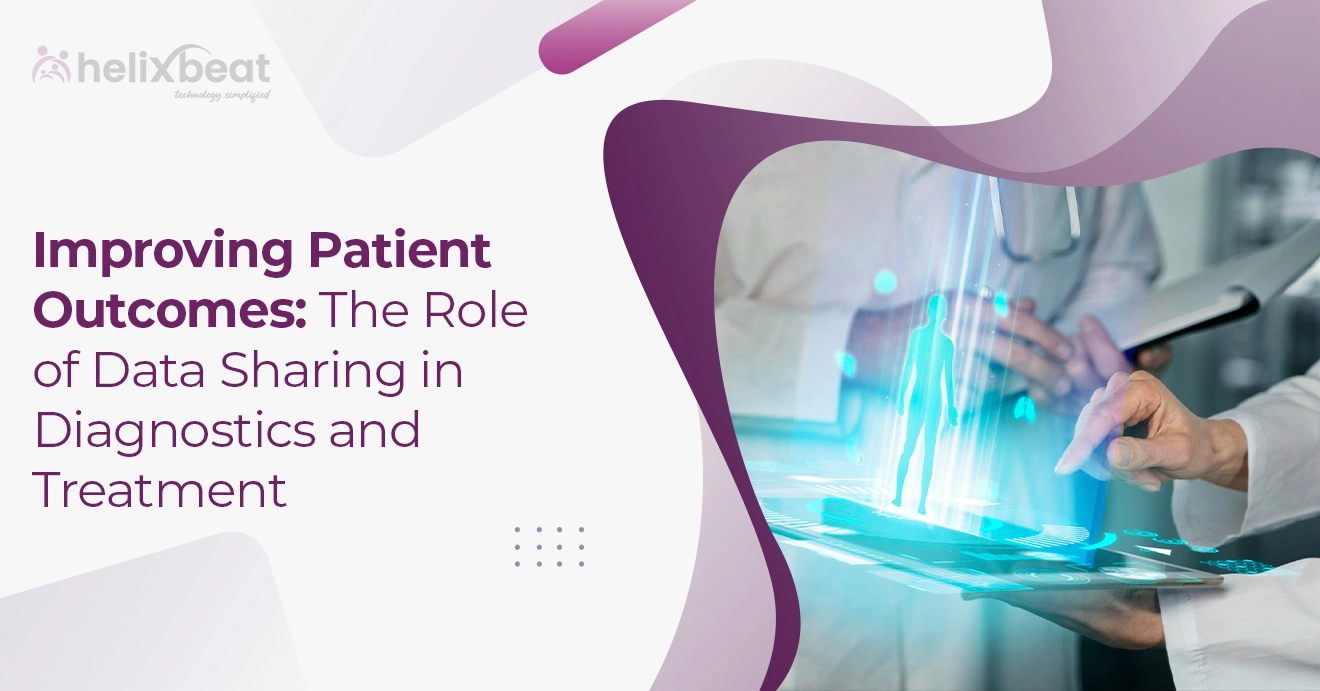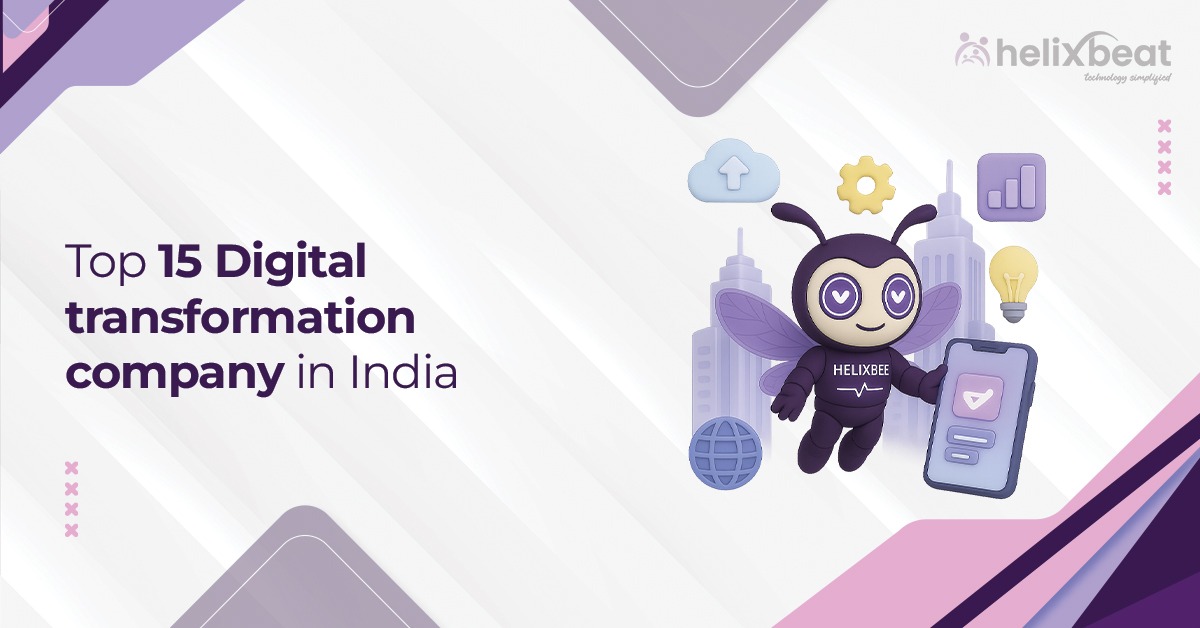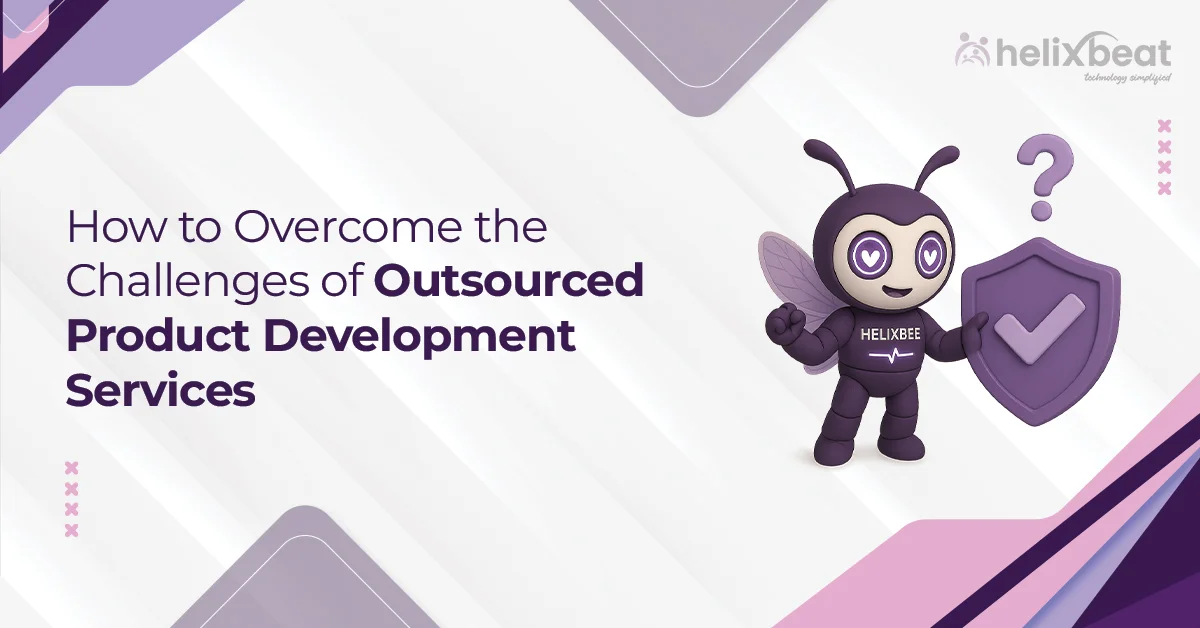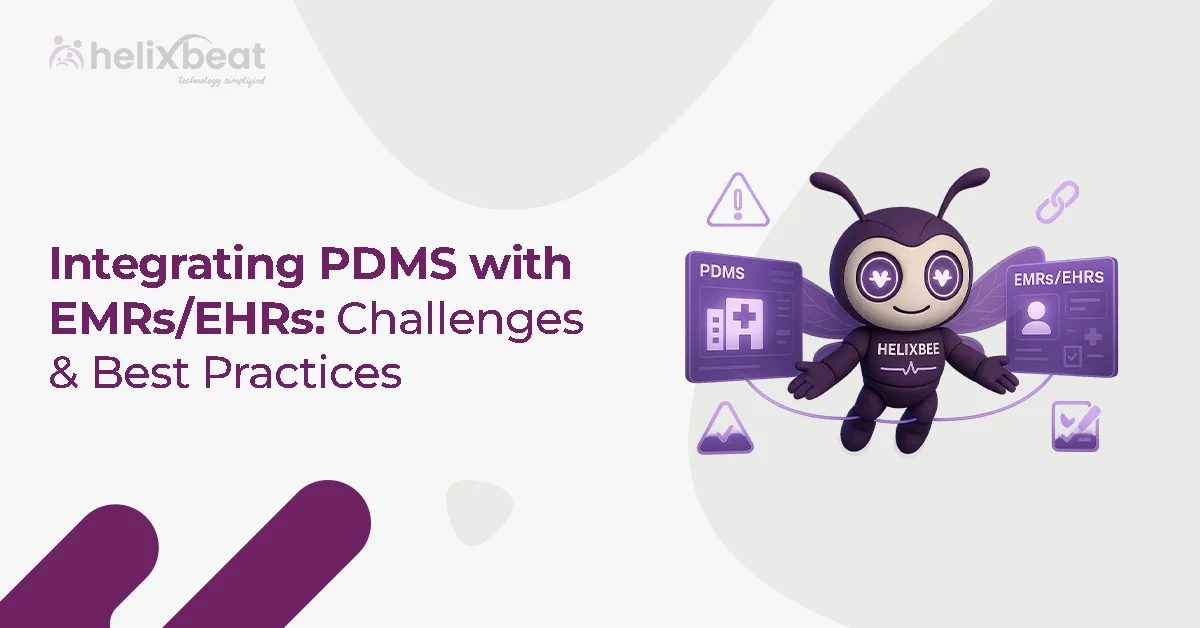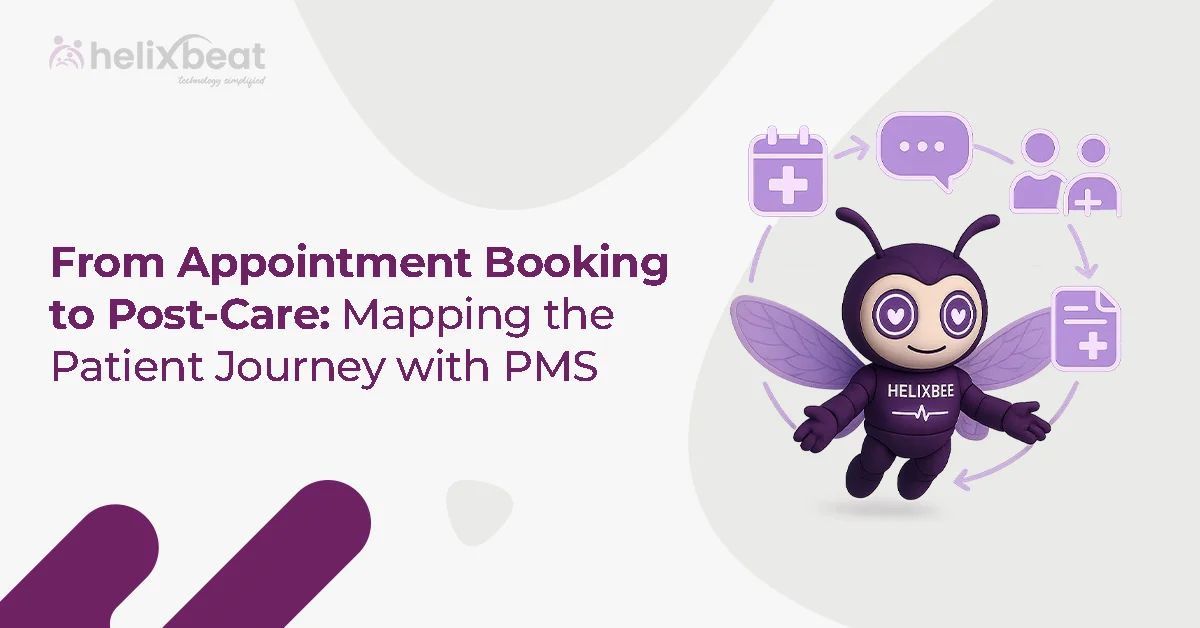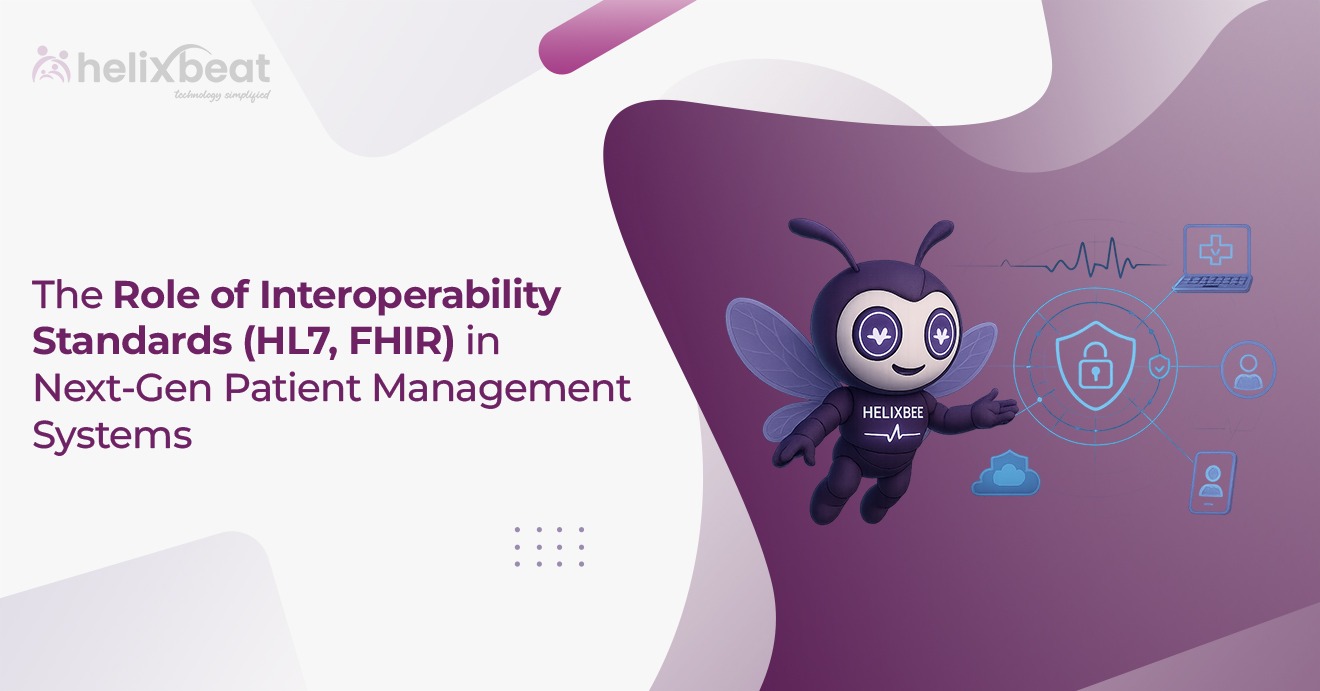Imagine a doctor diagnosing a patient instantly because they have instant access to their medical history, no matter where it was recorded. Or a patient walking into any hospital, confident that their records are accurate and up to date. Thanks to advances in seamless data sharing, this is a reality now.
However, the true value of this transformation lies not just in its convenience, but in its ability to enhance the patient experience. The key lies in breaking down silos—those isolated pockets of information that have historically slowed progress—and creating systems that work together effortlessly. At the center of this shift are technologies like AERIS, which makes interoperability possible and practical.
Table of Contents
The Importance of Data Sharing in Healthcare
Usually, patient care involves an interplay of diagnostics, treatments, and follow-ups, often spanning multiple healthcare providers. Without effective data sharing in healthcare, this journey can become fragmented and lead to delays, misdiagnoses, or redundant procedures. For example:
A patient battling cancer juggles appointments with an oncologist, a radiologist, and a surgeon. Each specialist needs access to lab results, imaging scans, and previous treatment records. If one piece of information is missing, it’s like trying to solve a puzzle with pieces scattered across different rooms.
This is where data sharing in healthcare becomes more than just a technical term—it’s the glue that holds the patient’s story together. When clinicians have a full view of a patient’s history, they aren’t guessing or repeating steps—they’re empowered to make timely and precise decisions.
FHIR: Revolutionizing Healthcare Interoperability
Developed by HL7, FHIR redefines how healthcare data is exchanged, moving beyond the rigid, outdated frameworks of the past. By leveraging cutting-edge web technologies like REST APIs and JSON, FHIR empowers healthcare systems to connect and share information like never before.
What Sets FHIR Apart?
FHIR isn’t just another interoperability standard—it’s a game-changer addressing the long-standing challenges of data sharing in healthcare. Let’s explore its unique strengths:
1. Modular Design
Think of FHIR as a set of digital building blocks called resources, each representing specific healthcare data, such as patient demographics, lab results, or prescribed medications. These resources are independent yet interoperable, thus facilitating flexible access, updates, and sharing. This modularity simplifies the integration process and allows healthcare providers to retrieve or update only the data they need.
2. Scalability for Every Need
FHIR isn’t limited to small-scale applications. Whether you’re sharing an individual patient’s medical history or analyzing large-scale trends for population health management, FHIR handles it all. This scalability makes it a versatile tool for hospitals, research institutions, and even public health organizations aiming to tackle widespread health challenges.
3. Flexibility in Integration
One of the most compelling aspects of FHIR is its ability to coexist with legacy systems. Healthcare organizations don’t need to discard their existing infrastructure to embrace FHIR. Instead, they can implement it gradually, integrating modern features while maintaining the functionality of older systems. This hybrid approach minimizes disruption and maximizes adoption potential.
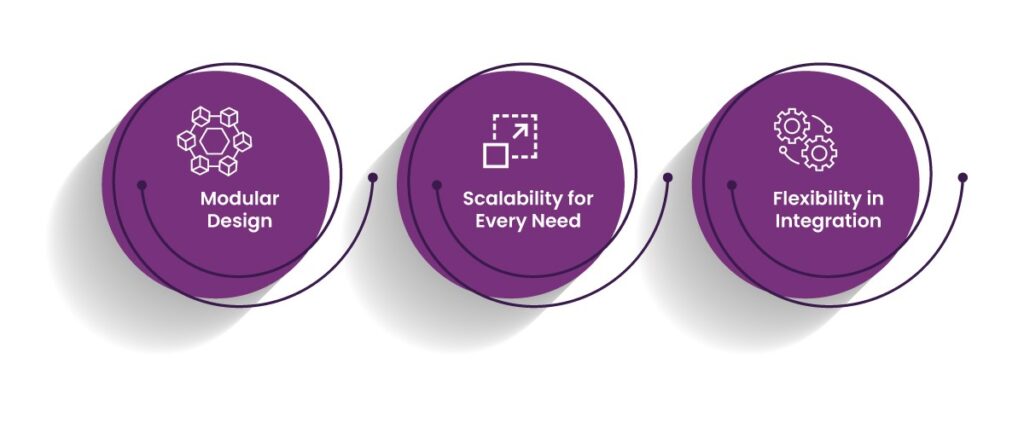
AERIS: Revolutionizing Data Sharing with FHIR-Based Standardization
AERIS streamlines data sharing in healthcare by facilitating FHIR-based data standardization across systems. By adhering to industry standards like HL7, FHIR, Nested Structure, and Flat Structure, AERIS revolutionizes how healthcare systems communicate, share, and leverage critical patient information.
Core Functionality of AERIS
AERIS focuses on harmonizing data formats across disparate systems. Its core capabilities include:
- FHIR-Based Data Standardization: AERIS adopts the Fast Healthcare Interoperability Resources (FHIR) framework to structure and exchange healthcare information efficiently.
- System Compatibility: AERIS supports HL7 protocols, which are widely used for clinical data exchange, as well as Nested and Flat Data Structures. This adaptability ensures that legacy systems can interact seamlessly with modern applications. For example, AERIS can bridge the gap between an older electronic health record (EHR) system using HL7 v2 and a newer FHIR platform.
- Scalability: The modular architecture of AERIS allows healthcare organizations to scale their operations in response to evolving needs. As data volumes grow and new integrations become necessary, AERIS can expand without compromising performance.
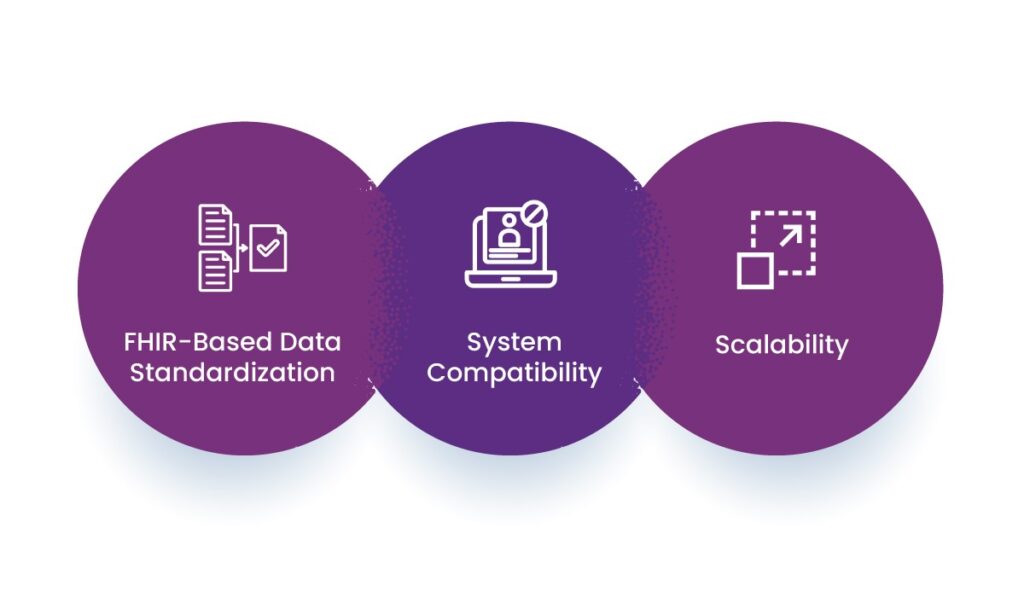
How AERIS Enhances Patient Outcomes
1. Improved Care Coordination
Collaborative care requires seamless communication among multi-disciplinary teams. By standardizing and structuring data, AERIS facilitates seamless communication and collaboration among healthcare providers. This improves care coordination, minimizes the risk of errors, and ultimately leads to better patient outcomes.
2. Informed Decision-Making
Access to precise, interoperable data empowers healthcare providers to make better clinical decisions. By adhering to FHIR protocols, AERIS eliminates discrepancies in patient records. This enables professionals to make decisions based on comprehensive and reliable information, which significantly lowers the likelihood of misdiagnoses and suboptimal treatment outcomes.
3. Support for Advanced Analytics
Standardized data provided by AERIS integrates easily with advanced analytics platforms. This compatibility supports initiatives like predictive modeling, population health management, and precision medicine. Healthcare organizations can leverage these tools to identify trends, predict health risks, and develop targeted treatment plans that address individual patient needs more effectively.
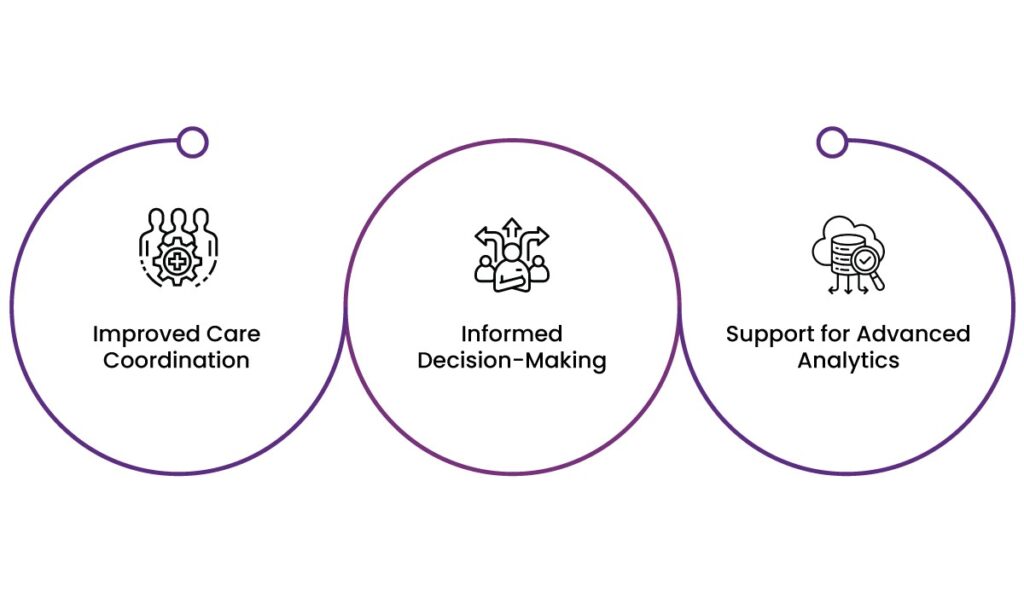
Final Words
Data sharing in healthcare is a necessity today. Frameworks like FHIR and solutions like AERIS are facilitating seamless access to comprehensive patient information. As the healthcare landscape continues to evolve, embracing these innovations will pave the way for improved patient outcomes and a more efficient, effective healthcare system.
Ready to transform your healthcare data sharing? Discover how AERIS can revolutionize your systems with FHIR-based interoperability. Contact us today to explore customized solutions that drive better patient outcomes and operational excellence.
FAQs
1. Why is data sharing in healthcare important?
Data sharing in healthcare enhances care coordination, reduces errors, and allows providers to make informed decisions based on a patient’s complete medical history.
2. What is healthcare interoperability?
Healthcare interoperability refers to the ability of different systems, devices, or applications to access, exchange, and use healthcare data seamlessly.
3. What role does FHIR play in healthcare data sharing?
FHIR (Fast Healthcare Interoperability Resources) is a modern standard that facilitates efficient and scalable data exchange between healthcare systems using web technologies like REST APIs.
4. What are the challenges of implementing data sharing in healthcare?
Common challenges include integrating legacy systems, maintaining data privacy and security, and overcoming technical and organizational barriers.
5. Can data sharing support advanced healthcare analytics?
Yes, standardized data supports initiatives like predictive modeling, population health management, and precision medicine. This allows healthcare organizations to identify trends and develop targeted solutions.
6. How does AERIS contribute to healthcare data sharing?
AERIS facilitates FHIR-based data standardization, which allows seamless communication between legacy and modern healthcare systems for improved interoperability.
7. What is the significance of breaking down data silos in healthcare?
Eliminating data silos allows for a unified view of a patient’s medical history, which improves care coordination and reduces the risk of fragmented treatments.
8. What are the benefits of using FHIR over traditional data-sharing methods?
FHIR is modular, scalable, and flexible, allowing it to integrate with both legacy and modern systems while supporting advanced applications like mobile and web-based healthcare solutions.
9. How can healthcare organizations start adopting data-sharing frameworks like FHIR?
Organizations can begin by assessing their current systems, identifying compatibility requirements, and adopting modular solutions like AERIS to bridge gaps in interoperability.
10. How does data sharing improve patient outcomes?
By providing healthcare providers with timely and accurate information, data sharing reduces misdiagnoses, avoids redundant tests, and supports personalized treatment plans.



